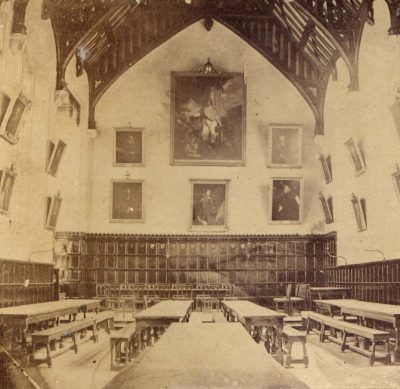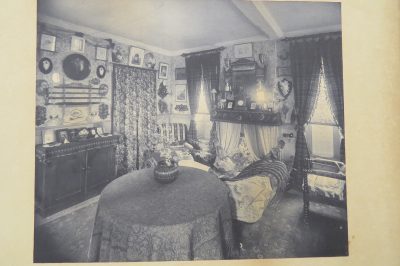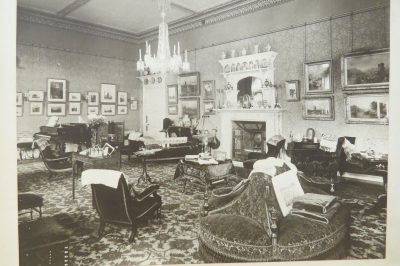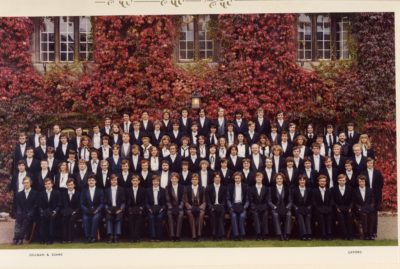Exeter is Oxford’s fourth-oldest college and has occupied much of its present site since 1315, a year after the College was founded on 4 April 1314.
Founded by Walter de Stapeldon, a Devon man who rose from a humble background to become Bishop of Exeter and Treasurer of England under Edward II. The College was created to educate clergy for his diocese. For centuries, most of its members came from Devon and Cornwall.

Walter de Stapeldon’s Tomb in Exeter Cathedral
Originally called Stapledon Hall, the College was a small and relatively poor foundation, with a Rector, a Chaplain and about a dozen Fellows. Today, the only part left from this medieval college is Palmer’s Tower, named after a 15th-century Rector.
In the 17th Century, the College’s fortunes changed thanks to Sir William Petre, another Devon man, and leading statesmen of his time. He donated new properties, broadened recruitment, and updated the College’s constitution.
This helped Exeter became one of the University’s leading colleges, with a high reputation as a school for academics and learned men. The current Hall dates from 1618, along with a matching chapel (later rebuilt in the 1850s in neo-Gothic style). The rest of the front quad was completed between 1672 and 1710.

The old Exeter College Chapel
Exeter, like many Oxford colleges, went through a decline in the 18th century but it didn’t last. After university reforms in the 1850s, undergraduate numbers bounced back sharply

The ‘new’ Exeter College Chapel, seen from Trinity College, in the mid-Victorian Era
The Fellows of the College became a professional teaching body and undergraduate life took on its modern outlines. Team sports rose in popularity, the Junior Common Room was founded in 1887, and societies and discussion groups were numerous.

Exeter College staff (1864)
Victorian undergraduates who went on to achieve fame include Sir Charles Lyell, the pioneering geologist, J. A. Froude, the historian, and two of the leading pre-Raphaelites, William Morris and Edward Burne-Jones. Important works by Morris and Burne-Jones are on view in the Morris Room and Chapel.

Exeter College Hall in 1860

A student room in the 1880s

The Rector’s Drawing Room in the 1890s
The 20th century saw Exeter expand alongside the rest of Oxford, with new buildings funded by generous alumni to accommodate more undergraduates.
In 1979, Exeter welcomed female students for the first time, and in 1993 it appointed its first female Rector, Marilyn Butler, the first formerly all-male college in Oxford to appoint a female head of house.

1979 Matriculation Photo, first year to include women.
In 2017, Exeter College opened Cohen Quad on Walton Street, featuring research and teaching space, an auditorium for concerts, dramatic performances and guest speakers, storage space for the College’s special collections plus a special collections reading room, a café, and accommodation for 90 students.
Since just after World War II, when it had around 12 members, the Governing Body (the Rector and Fellows) has grown to about 55 today. Exeter’s teaching Fellows represent the main arts, science and social science subjects taught at Oxford.
Find out more
The College’s history from 1314 to 2014 is brought to life in a wonderful book, Exeter College: The First 700 Years. With historical insights, personal reminiscences and a large collection of photographs and illustrations, Exeter College: The First 700 Years reflects the college that so many alumni hold dear to this day. Purchase Exeter College: The First 700 Years.
A more scholarly review of the College’s early history, Founders and Fellowship: The Early History of Exeter College by John Maddicott, Emeritus Fellow in History at Exeter College, is also available to buy. Purchase Founders and Fellowship: The Early History of Exeter College.
Information about the Exeter College Legacies of Slavery Project can be found here.
